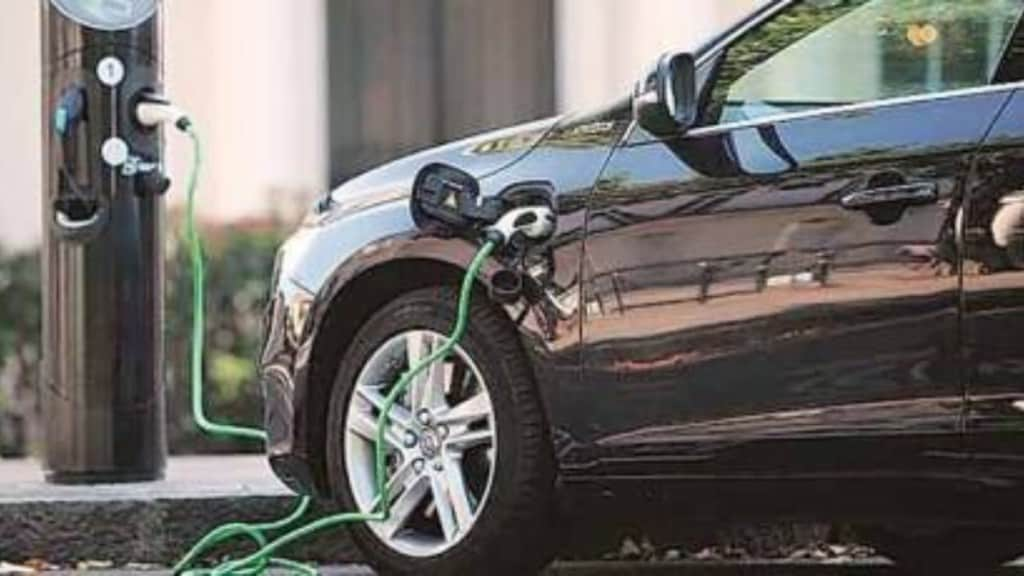As the curtains come down on the FAME II (Faster Adoption and Manufacturing of Electric Vehicles) scheme, the debate within the government and industry is whether it should be extended in its current format to FAME III. The efficacy of the scheme is not in doubt, it has delivered. However, opinions vary on every aspect of the scheme.
The aim of FAME II was to drive EV sales by offering subsidies since EVs are relatively more expensive than internal combustion engine (ICE) vehicles and hence cannot be price warriors. FAME-II, which has an outlay of Rs 10,000 crore, has so far subsidised more than one million two-wheelers, about 150,000 three-wheelers, and 17,000 odd public transport four-wheelers. Subsidies range between 15–25% across segments.
As of now, EV penetration in the two-wheeler segment is 4.7% while in the three-wheeler space, it is 7.7%.In the passenger vehicles (PV) segment, which is not covered by the FAME scheme, the penetration is 1.5%.
In some ways FAME can be labelled as a precursor to the production-linked incentive (PLI) schemes, the difference being that instead of providing incentives to companies on achieving incremental sales and production, in FAME a direct subsidy is given to two-wheeler manufacturers on every unit of sales. While this made EVs affordable, a controversy arose giving the scheme a bad name.
The idea was to provide a subsidy on a per unit of sales basis and reimburse two-wheeler manufacturers. The government, therefore, laid down a phased manufacturing programme (PMP), under which specified components could be imported while others needed to be sourced locally. The aim was to promote localisation along with adoption of EVs. Further, vehicles and batteries were required to be sold as one unit and could not be de-linked.
Implicit in this scheme were price-caps, meaning a two-wheeler of a certain make could not exceed a particular price point if it wanted to be eligible for the government subsidy. However, a host of two-wheeler manufacturers imported components, which they were not supposed to, made the vehicles and claimed the subsidy. Some also de-linked the batteries from the vehicles. This way they sold the vehicle without the battery and met the price cap while selling the battery separately.
A refund of around `469 crore was demanded from the companies identified with this malpractice; so far `190 crore has been recovered. The subsidy was discontinued leaving several companies in a bind – they had sold the vehicles with a price cap but were not reimbursed by the government. This led to drop in sales and hurt their business plans.
While saying the scheme has been successful, Hemal Thakkar, director and senior practice leader, consulting, Crisil Market Intelligence and Analytics, believes it would work better if the subsidy could be directly disbursed into the accounts of customers. Rohan Kanwar Gupta, VP and sector head, corporate ratings, Icra, pointed out that around 85-90% of sales of electric two-wheelers were the result of the subsidy provided under FAME.
“FAME has certainly contributed to reducing the cost of ownership for EV, but there is scope for further assessment and improvements,” Sohinder Gill, director general, Society of Manufacturers of Electric Vehicles, said. He feels the monitoring of the localisation norms and the discontinuation of subisidies has proved to be a setback for manufacturers as sales have slowed.
Around the time issues related to malpractices came to light and the investigations began, the FAME II scheme was on its last legs. The scheme comes to an end in March. While the department of heavy industries (DHI), and road transport and highways ministry, which wants to promote EVs, are pushing for a third variant of the scheme, the finance ministry is not keen on it.
A view has emerged that instead of a FAME III, the auto sector PLI scheme should be modified by subsuming FAME- like subsidies. The view is not without logic. Currently, there are two PLI schemes for the auto sector, one for automobiles and components with an outlay of `25,938 crore and the other for advanced chemistry cell batteries with an outlay of `18,100 crore.
It would be sensible to move the FAME scheme within the composite PLI scheme. This would help the government offer sops to enable, say a Tesla, to set up its manufacturing plant in India. Therefore, a modified auto PLI (PLI 2.0) which takes into account subsidies given to two-wheelers, three-wheelers, four-wheelers used for public transport as well as passenger EVs, can be sold as an attractive policy package.
Further, since the disbursement of PLI incentives is based on pre-determined incremental sales and production targets, there would be no scope to indulge in any irregularities.
To be sure, consumers would not get a direct price subsidy but promoting EVs only through subsidies is a faulty approach, say experts, as sales may get impacted once they are withdrawn. Some say state governments should provide incentives to buyers and to manufacturers over and above the PLI benefits.
There is also a third approach. The DHI has proposed that the outlay for FAME III should be raised to `12,000 crore from `10,000 crore in FAME II and the period should be restricted to two years against five years now. The per-vehicle subsidy would also be lowered.
Whichever option the government chooses, it is clear that the FAME scheme would no longer continue in its present form.


